Understanding dashboard warning lights in your Kia Stonic is essential for keeping you safe on the road, as they alert you to potential issues that could lead to accidents or breakdowns.
These lights help with timely vehicle maintenance by signaling problems early, preventing costly repairs and ensuring your car runs smoothly. Ignoring them can result in serious damage or safety risks, so always respond promptly based on the light’s color and meaning.

Quick Navigation
Red (Stop Immediately)
Engine Oil Pressure
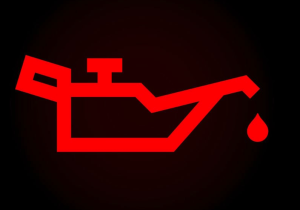
This light signals low oil pressure, which can cause engine damage from lack of lubrication or overheating. Stop the car right away, check the oil level, and add oil if needed; do not drive until fixed, and see a mechanic if it stays on.
Brake System Alert
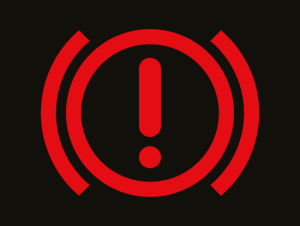
It indicates low brake fluid or a failure in the braking system, risking loss of stopping power. Pull over safely, check fluid levels, and contact a service center immediately to avoid driving hazards.
Charging System
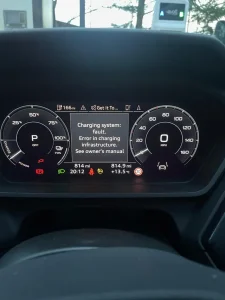
This shows a problem with the battery or alternator, like a broken belt or low charge, which could leave you stranded. Stop driving, turn off non-essential electrics, and get the vehicle inspected at a dealer.
Airbag System

The light means there’s an issue with the airbags, possibly preventing them from deploying in a crash. Stop and have it checked by a professional right away for safety reasons.
Seatbelt Reminder
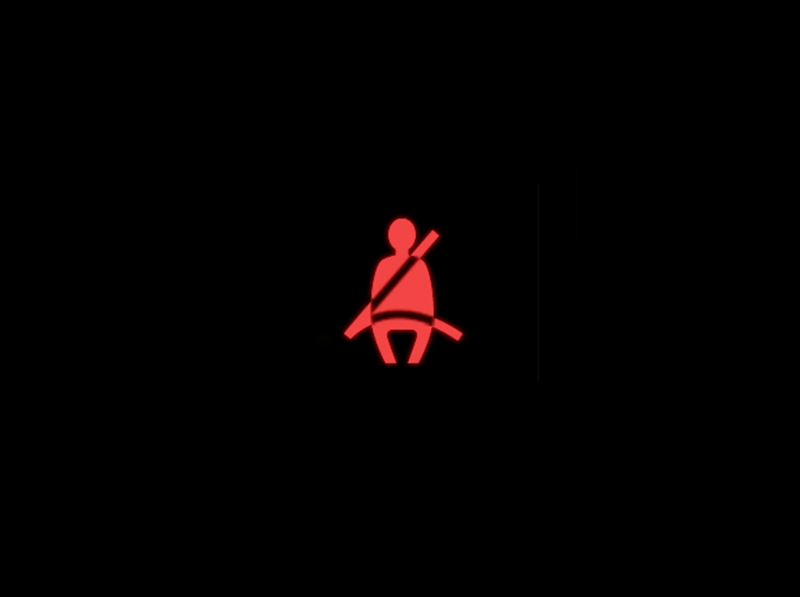
It flashes or stays on if seatbelts are not fastened, reminding everyone to buckle up to reduce injury risk. Fasten all belts immediately; if it persists without cause, visit a service center.
Coolant Temperature

This warns of engine overheating, often from low coolant or a leak, which can damage parts. Pull over, let the engine cool, check coolant levels, and seek help if needed.
Parking Brake
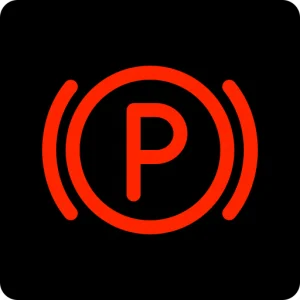
It lights up if the parking brake is engaged or brake fluid is low, affecting safe stopping. Release the brake if driving, or check fluid and top up; get professional help if it remains on.
Electronic Power Steering (EPS)

Indicates a fault in the power steering system, making steering hard or unsafe. Stop safely and have the vehicle towed to a dealer for inspection.
Master Warning (Red)

This general alert points to serious issues like multiple system failures. Stop the car immediately and consult a dealer to diagnose the problem.
Low Brake Fluid

Signals insufficient brake fluid, which can lead to brake failure. Park safely, add fluid if low, and have the system checked for leaks.
Engine Overheat
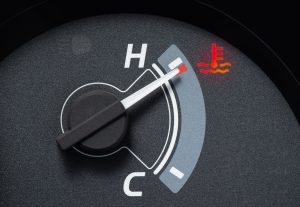
Similar to coolant, it means the engine is too hot, possibly from cooling system failure. Stop, cool down, and inspect; do not drive further without fixing.
Battery Charge
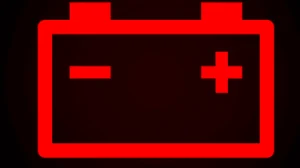
Warns of low battery power or charging issues, risking electrical failure. Stop and charge or replace the battery; seek mechanic help.
Door Ajar

It shows a door is not fully closed, which could be unsafe at speed. Pull over, close all doors securely, and check latches.
Transmission Overheat
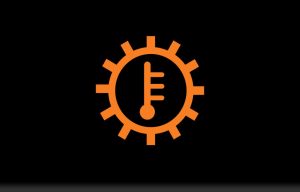
Indicates the transmission is too hot, often from heavy use or low fluid. Stop to cool it down and check fluid levels; visit a service center.
Fuel Cap Loose
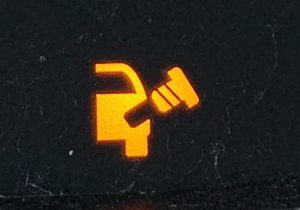
This red alert means the fuel cap is not tight, causing evaporation or pressure issues. Stop, tighten the cap, and reset if needed.
Yellow/Amber (Action Required Soon)
ABS System
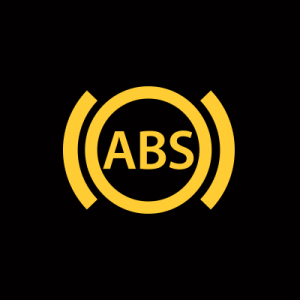
This light means the anti-lock braking system has a fault, though basic brakes may still work. Drive carefully and get it inspected soon to restore full function.
Check Engine
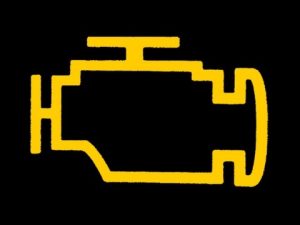
It signals an engine or emission problem, like a sensor fault or misfire. Have it scanned at a service center soon to avoid further damage.
Tyre Pressure Monitoring

Warns of low tyre pressure in one or more tyres, affecting handling and fuel use. Check and inflate tyres to the right pressure promptly.
Low Fuel Level
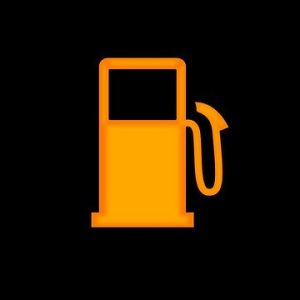
Indicates the fuel tank is nearly empty, risking running out. Refuel as soon as possible to prevent being stranded.
ESP/ESC System
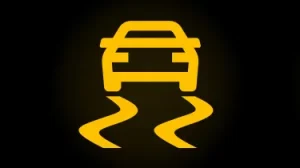
This shows the electronic stability control is off or faulty, reducing traction on slippery roads. Turn it on if possible and visit a dealer for repairs.
Glow Plug (Diesel)

For diesel engines, it means the glow plugs are heating; if it stays on, there’s a fault. Wait for it to go off before starting, or get checked if persistent.
Diesel Particulate Filter (DPF)
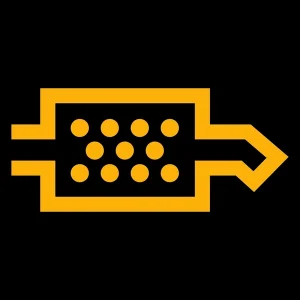
Alerts when the filter is clogged with soot, needing regeneration. Drive at higher speeds to clean it, or see a mechanic if it doesn’t clear.
Forward Collision-Avoidance

Warns of a malfunction in the collision avoidance system. Have the sensors checked at a dealer to restore safety features.
Transmission Fault

Signals a problem in the transmission, like slipping gears. Avoid hard driving and get it diagnosed soon.
Immobilizer
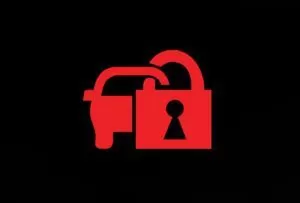
Indicates an issue with the key or anti-theft system. Try another key; if it persists, contact a dealer.
LED Headlamp

Warns of a fault in the LED lights. Check bulbs and wiring; replace or repair soon.
SCR System (Diesel)

For diesel, it means a low urea solution or a system fault. Refill the tank or get it inspected to avoid power loss.
All Wheel Drive

Alerts to a problem in the AWD system. Drive cautiously and have it checked to prevent drivetrain issues.
Green (Information Only)
Front Fog Lights

This shows the front fog lights are on for better visibility in poor conditions. No action needed unless you want to turn them off.
High Beam

Indicates high beam headlights are active. Dim them for oncoming traffic to avoid blinding others.
Turn Signal
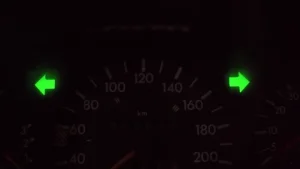
Flashes when turn signals are in use, showing direction intent. It turns off after the turn.
Cruise Control
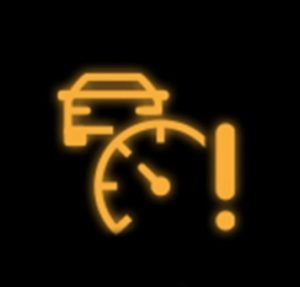
Lights up when cruise control is set, maintaining speed. Adjust or deactivate as needed.
Eco Mode
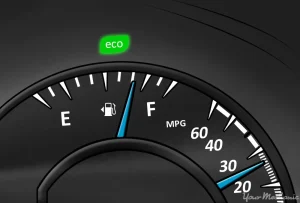
Shows the vehicle is in eco mode for better fuel efficiency. Switch modes if you need more power.
Low Beam
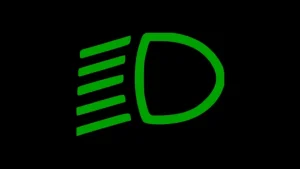
Indicates low beam headlights are on. No action required.
Hazard Lights

Flashes when hazards are on, warning other drivers. Turn off when safe.
ISG (Idle Stop and Go)
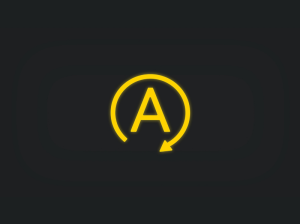
Shows the engine stop-start system is active, saving fuel. It restarts automatically.
SPORT Mode
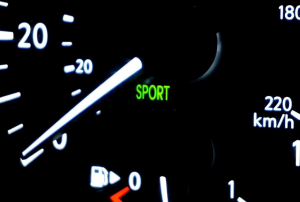
Indicates sport driving mode is selected for better performance. Switch as preferred.
SMART Mode
Lights up in smart mode, adapting to driving habits. No immediate action.
EV Mode (Hybrid)

For hybrids, shows electric-only driving. It switches based on conditions.
AWD Lock

Confirms all-wheel drive lock is engaged for traction. Disengage on normal roads.
Downhill Brake Control

Indicates the system is active for steep descents. Use as needed for control.
Gasoline Fuel Indicator
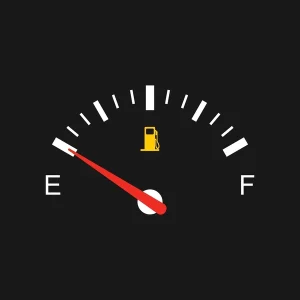
For dual-fuel models, shows gasoline mode is in use. No action unless switching fuels.
When looking at Kia, make sure to check out our guides on models like the Kia Sorento, Kia Picanto, Kia Sportage, and Kia Soul. Understanding dashboard warning lights is essential. Our expert reviews break down what each light means, highlighting common alerts for these models and what they could signal about underlying issues, so you’re never left guessing behind the wheel.

